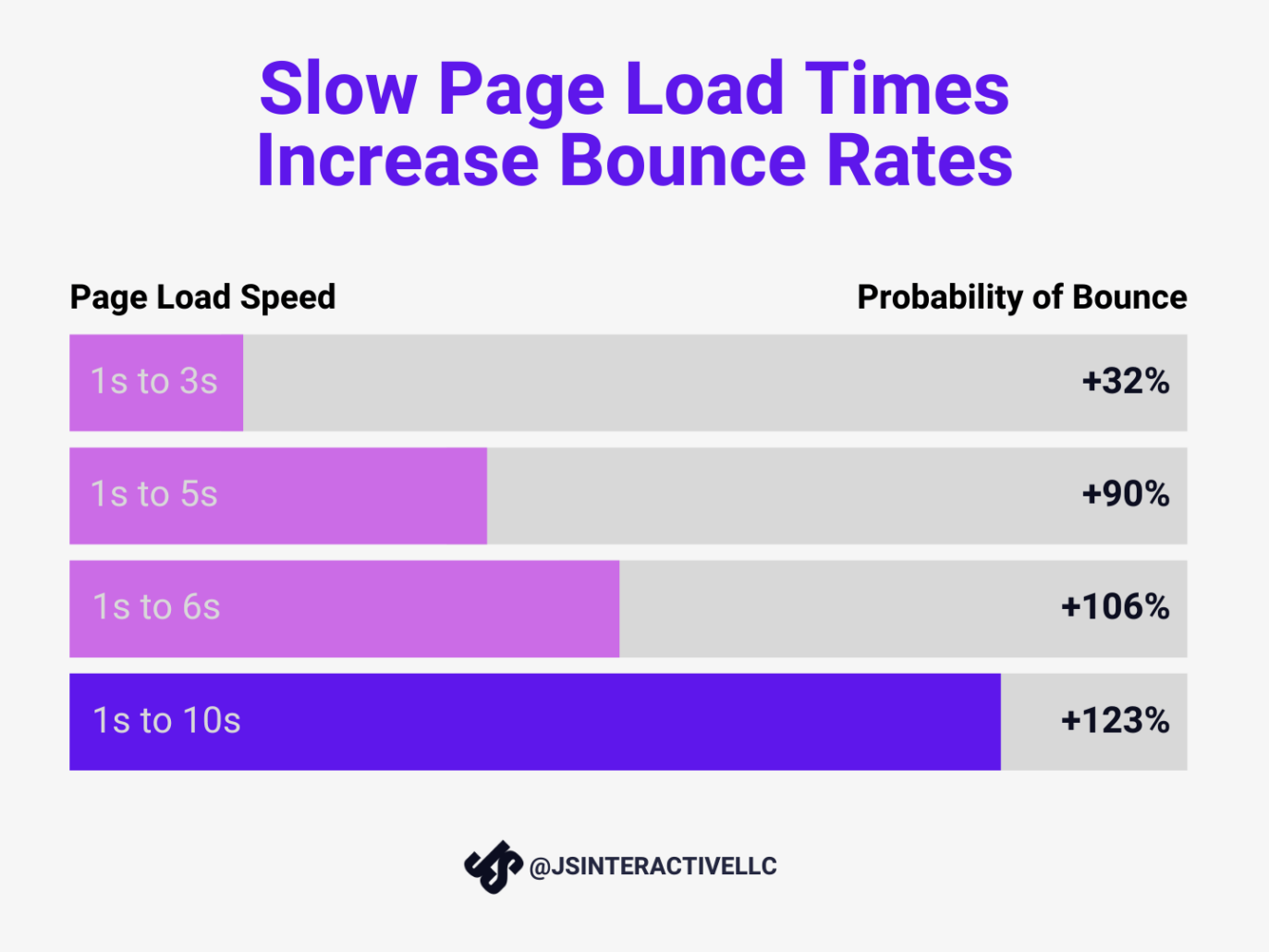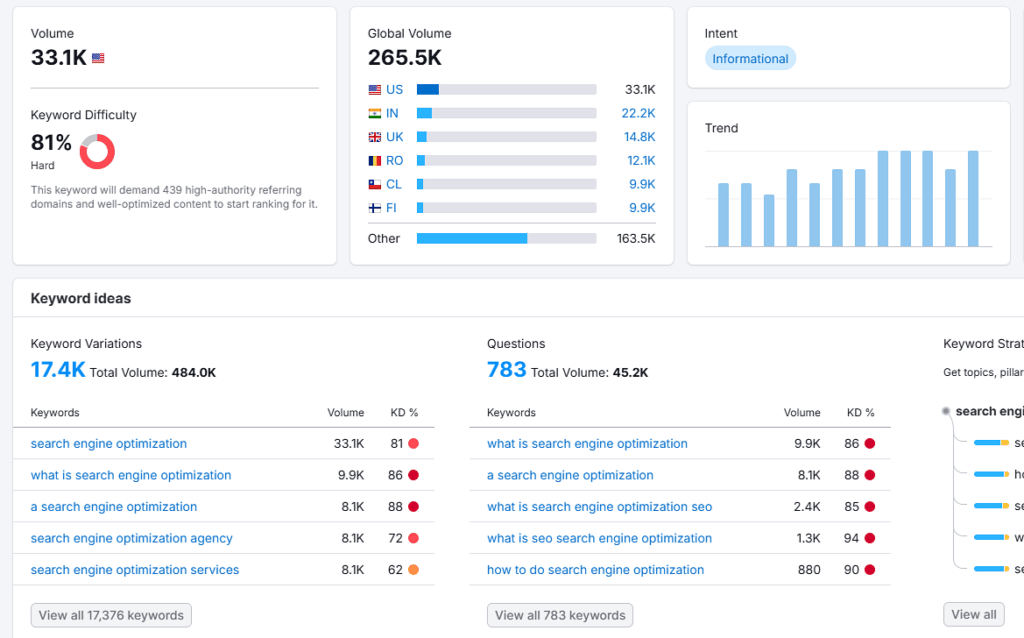Why Is Ongoing SEO Important for Brand Success?

A popular bakery in town has a sign saying, “Baked Fresh Daily.” If the bakery decided to keep their fresh bread and cakes all month to save money rather than baking new each day, customers would quickly switch to another bakery with fresher products.
Baked goods have an expiration date, so bakers must keep making new goods rather than reusing the goods from previous days.
SEO is no different.
Today, Google doesn’t just rank web pages—it pulls answers directly into AI Overviews.
That shift has changed the rules. SEO isn’t just about getting on page one anymore. It’s about being trusted enough to be the source Google pulls from. That means your content doesn’t just need to be good—it needs to be current, credible, and consistently updated to even show up.
I like the way Henry Ford put it:
“A man who stops advertising to save money is like a man who stops a clock to save time.”
~ Henry Ford
Cutting SEO out of your business strategy is like stopping a clock. Time around you keeps passing, but you’re left behind, trapped in the past.
Online experiences continue to happen, time marches on, even when you stop (or don’t start) SEO. Consumers continue with their digital experience, but if you stop your SEO strategy, you won’t be part of that experience.
In the end, you don’t save money. You lose money because you miss out on those opportunities that pass by.
However, you can prevent that outcome and surpass your marketing goal by investing in an ongoing SEO strategy that ensures all your hard work pays off.
Let’s explore the many benefits of staying consistent with your SEO content and how our SEO services in Austin can help your business’s online success.
Why Is Ongoing SEO Necessary?
I love fitness but have never become instantaneously and permanently ripped after just one workout.
When I set benchmarks for myself, whether weight loss or muscle gain, I must also establish a consistent gym routine to achieve that goal. Then, I establish another routine to maintain those results.

Image from Tenor.com
Quality SEO strategies require the same dedication, a lesson I learned the hard way.
Before COVID, I was comfortably sitting at the top of the first page of Google SERPs.
So I stepped back to focus on higher-demand client work and redesigning my website. I paused my own SEO—temporarily, I thought.
That pause came with a cost. Over two years, my rankings dropped. Traffic slowed. Leads got quieter.
Climbing back hasn’t been instant, but it has been doable. That experience shaped how I now approach SEO for myself and my clients: as something ongoing, not optional.
Today, staying visible means more than ranking—it means being considered trustworthy enough for Google to pull from your site, cite your voice, and show you in the answers people actually see.
How to Create an Ongoing SEO Strategy
How do you build an SEO strategy that stands the test of time, delivers consistent results, and fits your company’s growth goals?
SEO isn’t a checklist.
You don’t just cross off a few technical tasks and move on. SEO intersects with everything—your content, design, messaging, and team. And now, it’s not just about keywords or backlinks. It’s about showing credibility, authority, and experience—because that’s what Google looks for.
You impact SEO with the following:
- Topic choices
- Website design
- Content authors (experience and authority matter!)
- Location tags
- Business profiles
- Social media pages
- And more!
SEO needs to be baked into your marketing culture. That means thinking ahead, spotting shifts early, and updating strategy often—because if you don’t, someone else will.
Bottom line: SEO isn’t something you finish. It’s something you maintain. And when it’s built into your decision-making, staying near the top gets a lot easier.
10 Reasons You Should Keep Consistent SEO Strategies
In digital marketing, the importance of unwavering SEO strategies cannot be overstated. With that in mind, let’s explore the compelling reasons why maintaining consistent SEO practices should be a cornerstone of your online endeavors:
1. Stay Parallel with Google
The Google algorithm changes 13 times a day on average. In 2021 alone, Google made 5,000 search changes.
To maintain your rankings, your strategy must evolve in tandem with these changes.
Lately, that means more than just keywords and backlinks. Google is now examining who is behind the content, what experience they bring, and whether the information is trustworthy enough to show up in AI Overviews.
That’s why staying consistent with SEO isn’t optional. You need to track what’s changing and adjust before those shifts start dragging down your visibility.
2. Keep Up with Your Competition
Consumers conduct 8.5 billion Google searches per day. They are also most likely to choose results from the first search results page.
If you aren’t ranking for keywords, your competition is snatching away those valuable searches and potential customers.
Continuing your SEO strategies prevents your competition from outranking you because your content grew outdated. It instead helps you outrank your competition with fresh content.
To stay above your competition, perform a competitive gap analysis to find what keywords your competition hasn’t ranked for or keywords you haven’t tapped into yet and incorporate those keywords in your content.
3. Change with Trends
Search trends and behaviors can change rapidly. For example, AI has made searches more interactive and conversational. People no longer just search for keywords. They ask full questions, talk into their phones, and expect clear, trustworthy answers.
And now that Google pulls answers directly into AI Overviews with zero-click features, it’s not just about ranking. It’s about becoming the source users (and Google) trust enough to show.
Studies indicate that AI Overviews now appear in over 13.14% of all US Google searches, with that number continuing to rise as the feature (and new ones) roll out globally.
The strategies and keywords you used last year may not even register today. Consistent SEO helps you keep pace, adjust quickly, and stay findable as search engines continue to evolve.
4. Introduce New Products and Locations Easier
If you ever played with Legos as a kid, you understand the importance of a strong foundation.
When you tried building a Lego house without a Lego board, you always needed to add extra infrastructure to hold the pieces in place.
However, building a Lego house on a board meant that when you wanted to expand, you simply needed to snap the additional pieces into place wherever you wanted them on your foundation.
SEO is the same.
When you’ve built visibility, trust, and a clean site structure, it’s easier to roll out new content—whether launching a product, opening a new location, or shifting into a new market.
A strong SEO foundation helps Google understand how your new pages relate to your existing authority. That gives you a head start in ranking. And if you’re leveraging local SEO tactics like Google Business Profiles and location-based schema, expanding into new regions becomes even more seamless.
5. Improve Your Digital User Experience
Part of an SEO strategy is auditing your website. Google prioritizes a positive user experience and is more likely to give the highest-ranking spots to websites with:
- Easy navigation
- Fast page load speeds
- Working links
- Limited ads and popups
When you optimize your website for SEO, you also improve your user experience. A positive website user experience, in turn, boosts your conversion rate.
Pages that load in under 3 seconds have a 32% bounce rate probability, compared to a 123% bounce rate probability for pages that take 10 seconds to load.

6. Reach a Broader Audience
The more SEO content you have, the more audience you can reach.
For instance, according to SEMrush, the keyword “search engine optimization” has 17.4K variations and 783 associated questions.
You won’t rank for all of them in one shot—maybe not even across multiple pieces of content. But with consistent, well-structured content, you can start covering more of that ground over time.

Image from SemRush
As Google leans into semantic search and AI Overviews, casting a wider net across related terms and user questions makes your site more discoverable and more valuable.
7. Test New Audiences
Deploying SEO strategies helps you test markets before releasing new products or solutions.
When you target keywords before launching a product, you can monitor search interest, spot gaps, and validate what your audience is looking for before committing to a budget.
And with tools like Google Search Console, GA4, and heatmaps, you’re not guessing. You’re working with real-time signals.
The data you collect helps you launch your products more efficiently by addressing known search questions and targeting the highest-performing keywords.
8. Stay Up to Date
New search demand shows up overnight.
A few years ago, nobody was searching for things like ChatGPT. Now? The search query “ChatGPT” has a global monthly search volume of over 56 million.

AI tools, voice search, and platform-specific queries are transforming the way people find information. With AI Overviews summarizing answers directly on the results page, being early and visible matters more than ever.
Ongoing SEO isn’t just about keeping your content fresh—it’s about building the awareness and agility to spot new topics as they emerge. Whether it’s a product launch, a shift in industry language, or a surge in interest around a new tool, staying current helps you become part of the conversation before it gets crowded.
You don’t need to chase trends. But you do need to stay alert. Because in today’s search environment, relevance is earned in real time.
9. Point to Your Business Hub
Your website is your brand’s primary hub as the number of online shoppers and researchers increases. In 2024, approximately 2.71 billion people shopped online, and this number is expected to continue growing.
Your SEO strategies build roads to your central hub by increasing the number of search results links consumers can follow to discover relevant content.
Consistently creating SEO content makes more roads to your website, increasing your website traffic to that crucial central hub where you can convert those visitors.
Updating content is like maintaining roads and fixing potholes. That way, you remain near the top of search results, so visitors can find your website easier.
10. Maintain Consistent Ranking
When you perform short-term SEO, you will see a temporary bump in ranking. However, short-term SEO isn’t sustainable long-term. You need to tend to it the way you might tend to a garden.
If you do yard work, you know that weeding, cutting grass, and watering a garden will temporarily fix your landscape. But unless you regularly invest in your garden, it will begin to lose its fresh appearance.
Google’s systems, such as the Helpful Content Update and regular Core Updates, are designed to reward consistency and penalize low-effort, outdated content. If you only show up sporadically, your traffic will dip just as fast as it spiked.
Long-term SEO means tending the garden, updating your content, and watching performance. Staying Sharp.
That’s how you stay visible—not just for a moment, but for the long haul.
Build a Consistent SEO Strategy for Maximum Results
SEO keeps you on your toes with emerging trends, constant changes, and new opportunities. When you reach the top of search results pages, you must continue investing in SEO to retain that spot and tap into new opportunities.
JS Interactive helps you reach and maintain the SEO results you want. Our responsiveness, attention to detail, and good communication create a seamless process. That way, you can spend less time worrying about SEO and more time converting the new leads you generate through your consistent SEO strategies.
Contact us to schedule a free 30-minute consultation with our Austin SEO company.